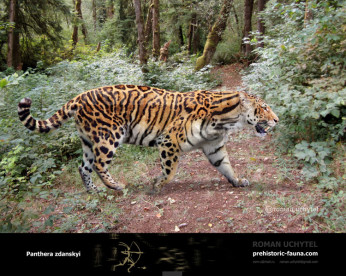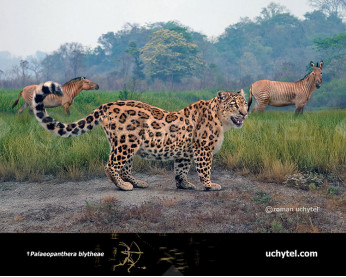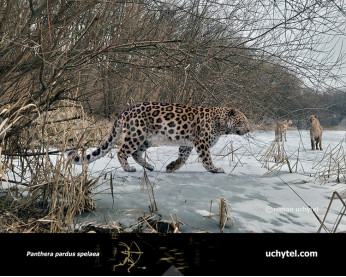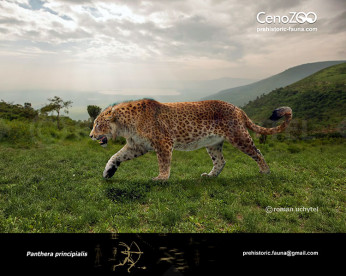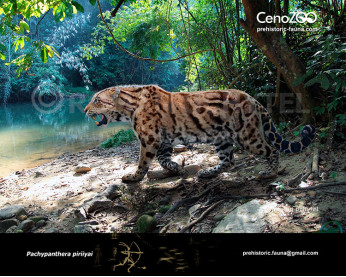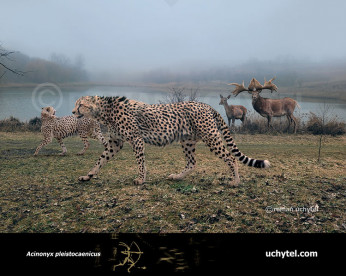European snow leopard
202105202105European snow leopard (Panthera uncia (Schreber, 1775) Panthera uncia lusitana subsp. nov.))
Order: Carnivora
Family: Felidae
Genus: Panthera
Dimensions: length - 1,5 m, height - 55 сm, weight - 15-65 kg
Temporal range: during the Pleistocene (Europe, Iberian Peninsula)
The snow leopard (Panthera uncia) is one of the iconic animals of the Tibetan Plateau and distributes also in the ranged mountainous regions of central Asia as the Mongolian Plateau. Although historically classified in its own genus, Uncia, modern phylogenetic analyses based on genetic and genomic data have conclusively placed it within the Panthera genus, particularly as the sister species of the tiger (Panthera tigris).
The snow leopard typically inhabits within high alpine regions, above 3000 m, or above the tree line but may also occur at much lower elevations below 1000 m.
While the distinctive characteristics of the snow leopard have long been acknowledged, the correlation between these traits and its adaptation to the Highland environment, as well as their evolutionary history, remains largely unexplored. This gap in understanding is primarily due to the scarcity of snow leopard fossils in the Tibetan Plateau and its surrounding regions. Nevertheless, several potential records from northern China and Europe provided insight into the evolution and adaptation of this species. However, these records have yet to be rigorously tested using phylogenetic or statistical approaches.
European snow leopard (Panthera uncia (Schreber, 1775) Panthera uncia lusitana subsp. nov.))
Order: Carnivora
Family: Felidae
Genus: Panthera
Dimensions: length - 1,5 m, height - 55 сm, weight - 15-65 kg
Temporal range: during the Pleistocene (Europe, Iberian Peninsula)
The snow leopard (Panthera uncia) is one of the iconic animals of the Tibetan Plateau and distributes also in the ranged mountainous regions of central Asia as the Mongolian Plateau. Although historically classified in its own genus, Uncia, modern phylogenetic analyses based on genetic and genomic data have conclusively placed it within the Panthera genus, particularly as the sister species of the tiger (Panthera tigris).
The snow leopard typically inhabits within high alpine regions, above 3000 m, or above the tree line but may also occur at much lower elevations below 1000 m.
While the distinctive characteristics of the snow leopard have long been acknowledged, the correlation between these traits and its adaptation to the Highland environment, as well as their evolutionary history, remains largely unexplored. This gap in understanding is primarily due to the scarcity of snow leopard fossils in the Tibetan Plateau and its surrounding regions. Nevertheless, several potential records from northern China and Europe provided insight into the evolution and adaptation of this species. However, these records have yet to be rigorously tested using phylogenetic or statistical approaches.

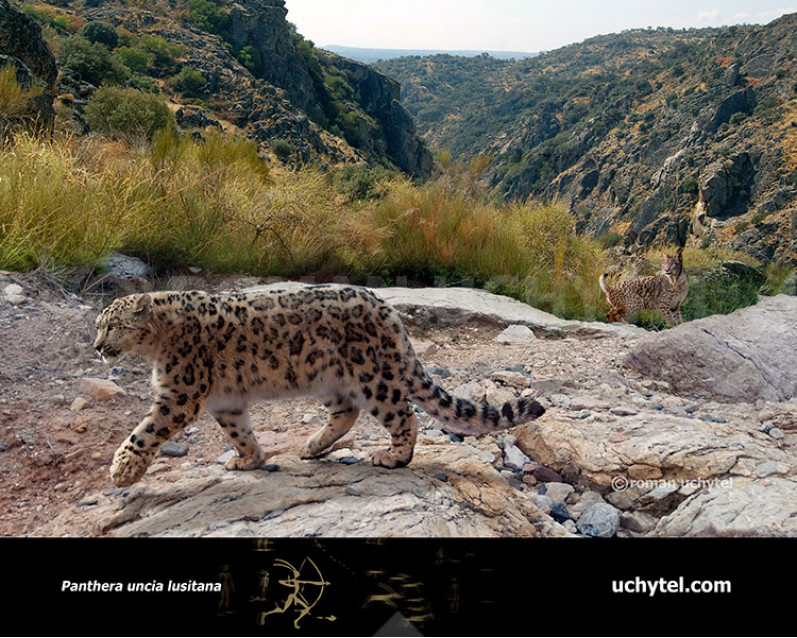
-797x638.jpg)

-70x56.jpg)
-346x277.jpg)
-346x277.jpg)
